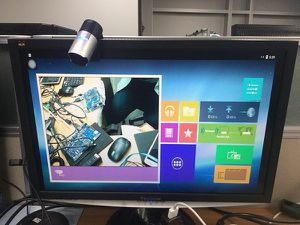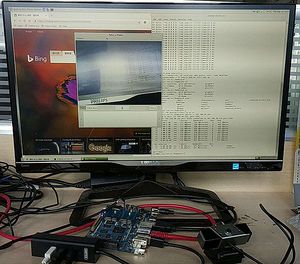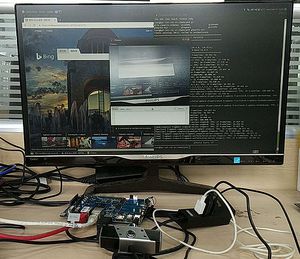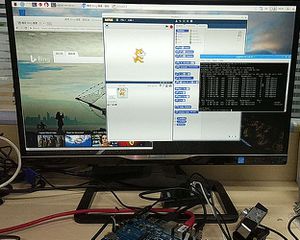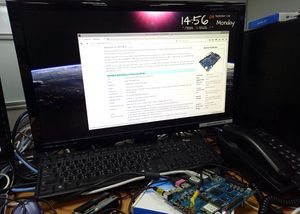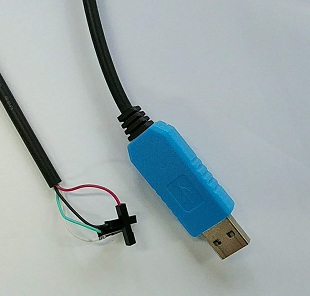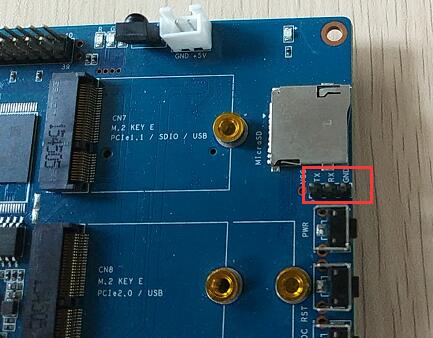Difference between revisions of "Getting Started with W2"
JackZengWiki (talk | contribs) (→Load your first image on W2) |
JackZengWiki (talk | contribs) (→Advanced Development) |
||
| Line 42: | Line 42: | ||
====PWM Control==== | ====PWM Control==== | ||
| + | ===NetWork=== | ||
| + | ====GMAC==== | ||
| + | |||
| + | ====WiFi Client==== | ||
| + | |||
| + | ====AP mode==== | ||
===Develop 4G module with W2=== | ===Develop 4G module with W2=== | ||
| − | |||
| − | |||
| − | + | ||
===Make your own image=== | ===Make your own image=== | ||
Revision as of 23:47, 22 May 2019
Contents
Introduction
Read more: Banana Pi BPI-W2
Development
Let's get start to develop on BPI-W2, see amazing things happen.
Old page:Getting Started with BPI-W2
Basic Development
Prepare to develop
- Prepare 8G/above TF card, USB-Serial interface, PC with Ubuntu System
- Using your USB-Serial Connect debug console on W2
Load your first image on W2
1.You could download latest image from our forum 2.Install bpi-tools on your system * apt-get install pv * curl -sL https://github.com/BPI-SINOVOIP/bpi-tools/raw/master/bpi-tools | sudo -E bash 3.After you download the image, insert your TF card into your Ubuntu * Execute "bpi-copy xxx.img /dev/sdx" to install image on your TF card. 4.After step 3, then you can insert your TF card into W2, and press power button setup W2.
